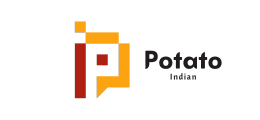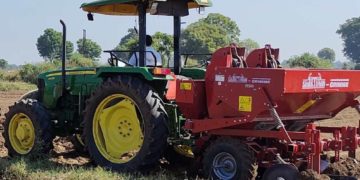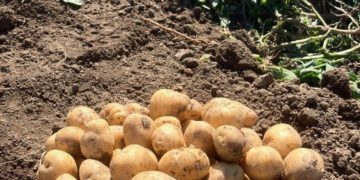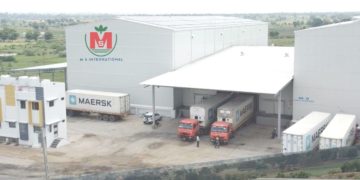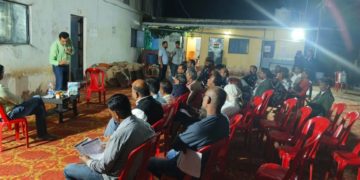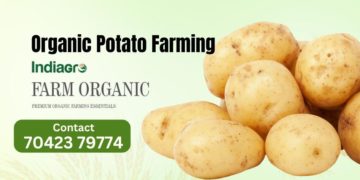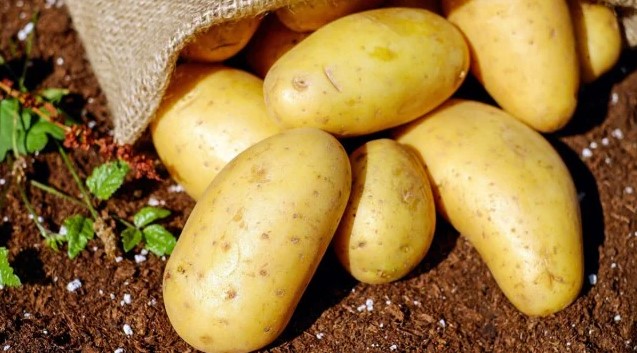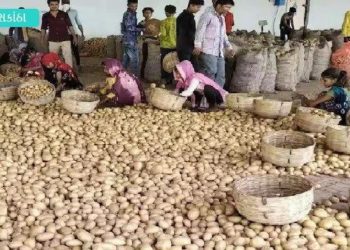A Comprehensive Potato Cultivation Cost Analysis Based on Research done for Azamgarh District.
This comprehensive cost analysis focuses on potato cultivation in eastern Uttar Pradesh, based on research conducted in the district of Azamgarh. The findings presented here offer valuable insights into the economic landscape of potato farming in this region.
Overview of Cultivation Costs
The average cost of potato cultivation in Azamgarh stands at ₹78,154.62 per hectare. However, this figure varies significantly based on farm size:
- Marginal Farms (below 1 hectare): ₹75,886.53 per hectare
- Small Farms (1-2 hectares): ₹79,847.31 per hectare
- Medium Farms (above 2 hectares): ₹80,753.77 per hectare
Major Cost Components
1. Human Labour (28.76% of total costs)
Labour remains the most substantial expense in potato cultivation, averaging ₹22,477.11 per hectare. This includes both family and hired labour, with interesting variations across farm sizes:
- Marginal farms rely heavily on family labour (₹14,909.40)
- Medium farms have the highest hired labour costs (₹16,444.44)
- Total human labour costs peak for medium farms (₹26,666.66)
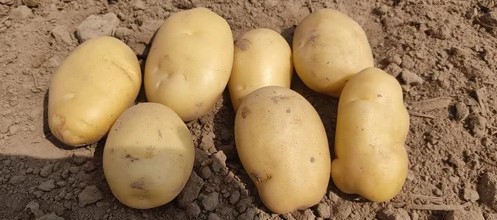
2. Seed Costs (19.81% of total costs)
Seed expenses average ₹15,480.60 per hectare, showing an increasing trend with farm size:
- Marginal farms: ₹13,869.71
- Small farms: ₹15,968.00
- Medium farms: ₹17,066.66
3. Irrigation (10.13% of total costs)
Irrigation costs remain relatively consistent across farm sizes, averaging ₹7,919.93 per hectare:
- Marginal farms: ₹7,866.10
- Small farms: ₹7,965.30
- Medium farms: ₹7,933.33
4. Manure & Fertilizer (9.28% of total costs)
Fertilizer and manure expenses average ₹7,257.18 per hectare, increasing with farm size:
- Marginal farms: ₹6,544.83
- Small farms: ₹7,816.30
- Medium farms: ₹8,938.97
Additional Cost Factors
Plant Protection
While a smaller component, plant protection costs vary across farm sizes:
- Marginal farms: ₹474.89
- Small farms: ₹574.28
- Medium farms: ₹611.11
Analysis of Cost Distribution
The four major cost components (seed, human labour, manure & fertilizer, and irrigation) collectively account for 62.20% to 75.39% of the total cultivation costs. This percentage is highest in medium farms and lowest in small farms, indicating varying resource allocation strategies across farm sizes.
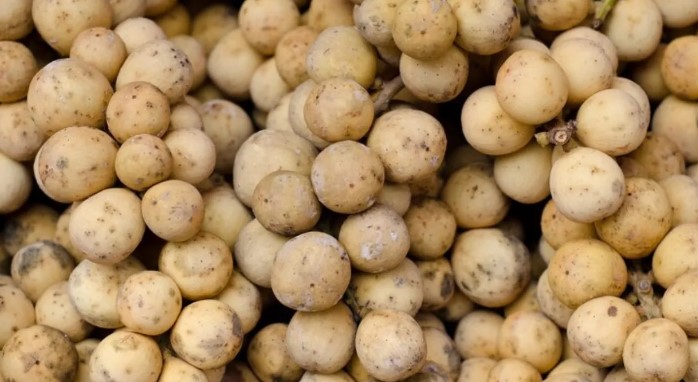
Implications and Recommendations
- Economies of Scale: Larger farms, while facing higher total costs, may benefit from efficiencies in seed procurement and labour management. Smaller farms could explore cooperative farming models to access similar benefits.
- Labour Dynamics: The heavy reliance on family labour in smaller farms suggests a need for targeted mechanization strategies to improve efficiency without disrupting rural employment.
- Input Intensity: The higher investment in seeds, fertilizers, and plant protection by larger farms indicates potential for yield improvements. Smaller farms could benefit from knowledge transfer programs focusing on optimal input use.
- Irrigation Practices: The consistency in irrigation costs across farm sizes suggests an opportunity for introducing water-efficient technologies uniformly across the region.
To conclude
The cost structure of potato cultivation in Azamgarh reveals a complex interplay of farm size, resource allocation, and economic factors. While larger farms demonstrate potential economies of scale, they also face higher input costs. Smaller farms, benefiting from family labour, may need support in accessing quality inputs and technologies.
Source: A Study on Costs and Returns of Potato in Azamgarh District of Eastern Uttar Pradesh, India: Ram Singh Yadav, R.R. Kushwaha, Kuldeep Maurya, Amit Kumar Singh, Rahul Kumar Singh and Ambrish Kumar Verma published on 15 April 2024 in Journal of Experimental Agriculture International, Volume 46, Issue 5, Pages 824-831, 2024, Article no.JEAI.115036 ISSN: 2457-0591
